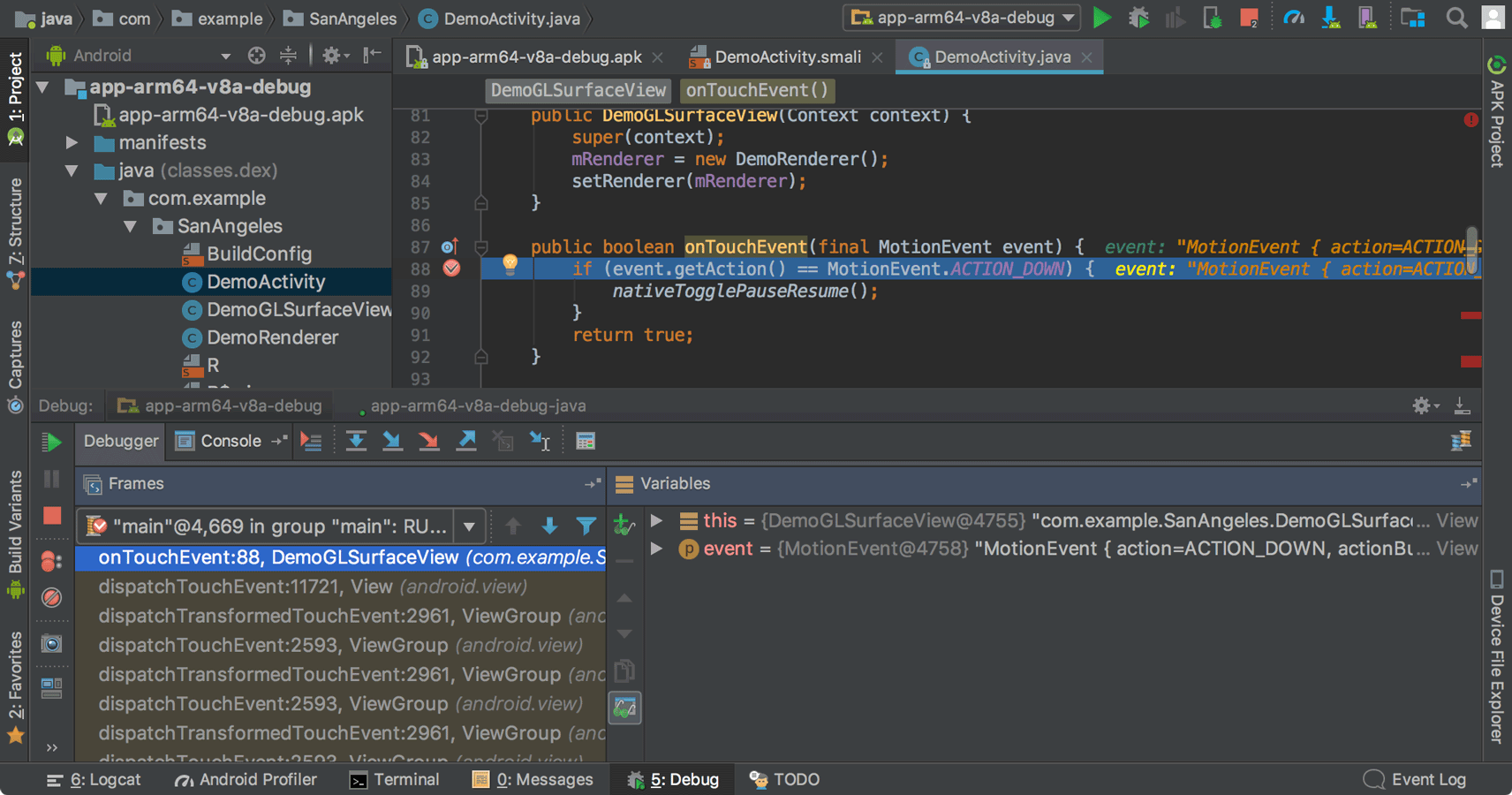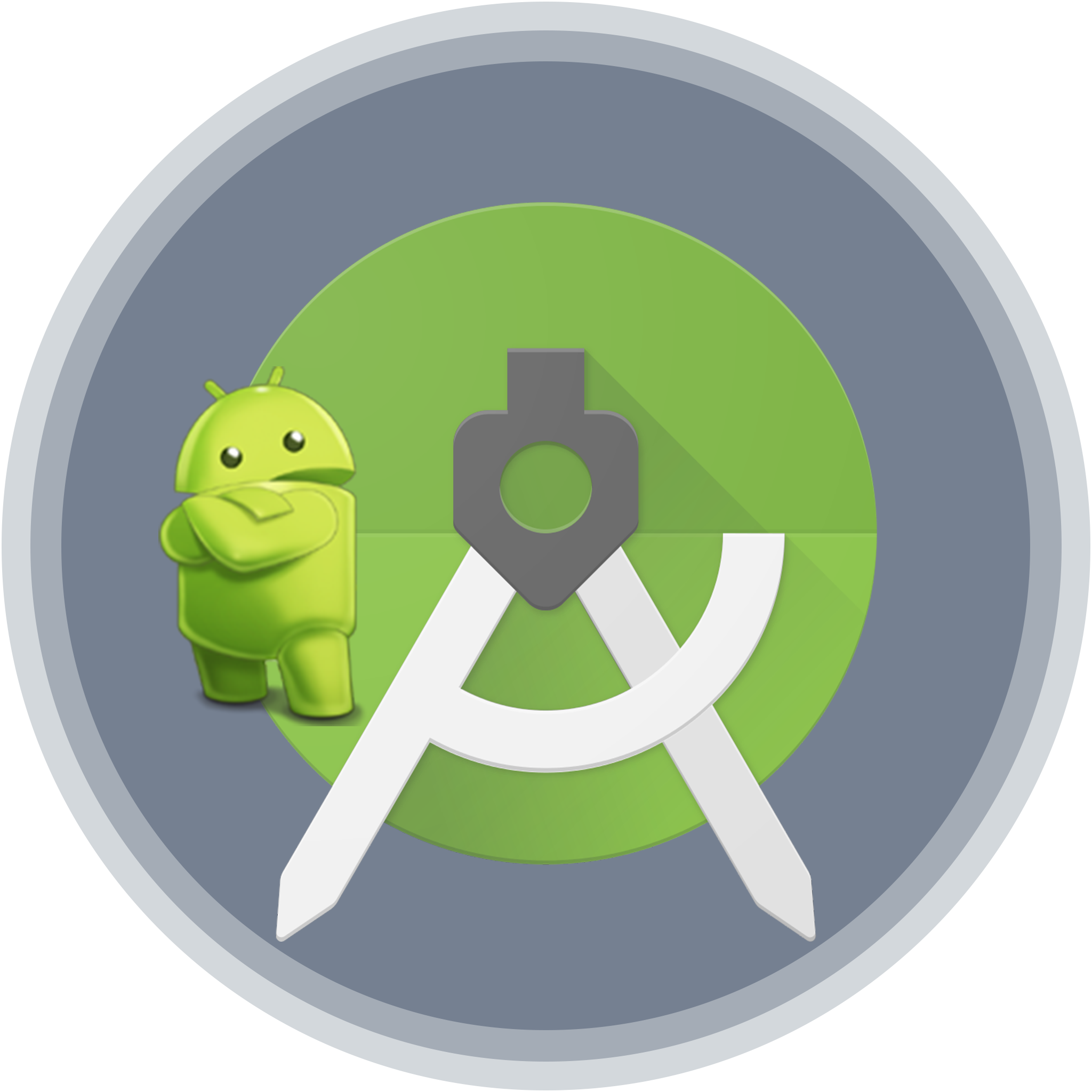
All that remains is to configure the development system to detect the device when it is attached. Swipe downward from the top of the screen to display the notifications panel (Figure 7-3) and note that the device is currently connected for debugging.Īt this point, the device is now configured to accept debugging connections from adb on the development system. Enable the switch next to this item as illustrated in Figure 7-2: Select this option and locate the setting on the developer screen entitled USB debugging. Return to the main Settings screen and note the appearance of a new option titled Developer options.

If the build number is not displayed, unfold the Advanced section of the list. On the About screen, scroll down to the Build number field (Figure 7-1) and tap on it seven times until a message appears indicating that developer mode has been enabled. Open the Settings app on the device and select the About tablet or About phone option (on newer versions of Android this can be found on the System page of the Settings app). On phone and tablet devices running Android 6.0 or later, the steps to achieve this are as follows: Report this ad Enabling ADB on Android based Devicesīefore ADB can connect to an Android device, that device must first be configured to allow the connection. The following command output indicates the presence of an AVD on the system but no physical devices: $ adb devices For example, a listing of currently active virtual or physical devices may be obtained using the devices command-line argument. Similarly, Android Studio also has a built-in client.Ī variety of tasks may be performed using the adb command-line tool. For example, a client is provided in the form of a command-line tool named adb located in the Android SDK platform-tools sub-directory. The ADB client can take a variety of forms.

The ADB consists of a client, a server process running in the background on the development system and a daemon background process running in either AVDs or real Android devices such as phones and tablets.

The primary purpose of the ADB is to facilitate interaction between a development system, in this case Android Studio, and both AVD emulators and physical Android devices for the purposes of running and debugging applications. An Overview of the Android Debug Bridge (ADB)


 0 kommentar(er)
0 kommentar(er)
